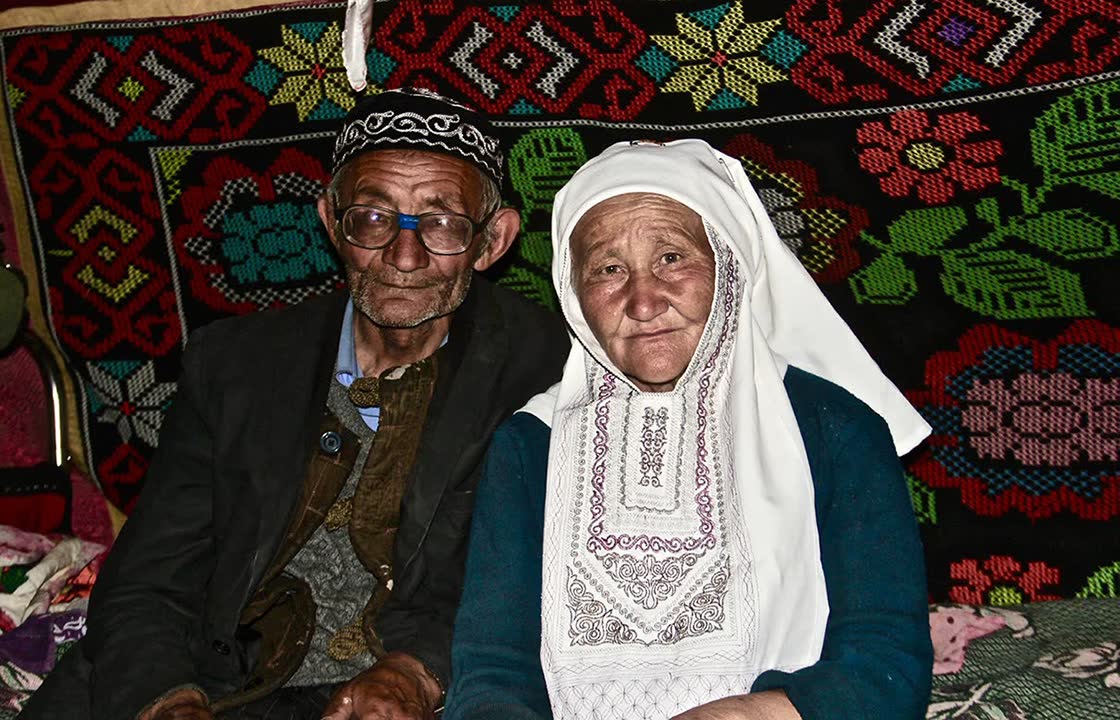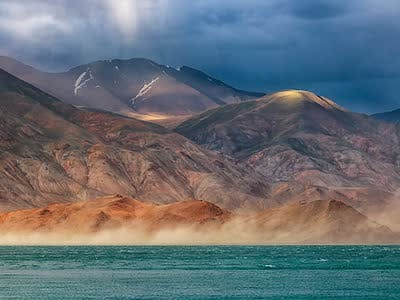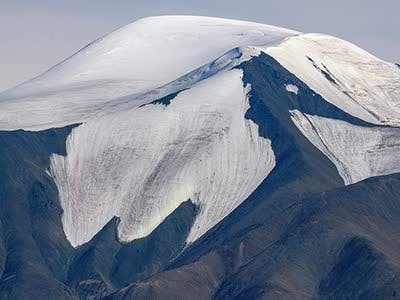The Kazakh ethnic group
ABOUT KAZAKH ETHNIC GROUP
The Kazakh ethnic group in Mongolia contributes to the cultural diversity and social fabric of the country. Their nomadic heritage, language, and traditional practices continue to enrich the multicultural tapestry of Mongolia, showcasing the unique aspects of Kazakh culture within the Mongolian context.
In Mongolia, the Kazakh ethnic group represents one of the largest minority groups. Here's some information about the Kazakh ethnic group in Mongolia:

- History and Migration: The Kazakhs are a Turkic ethnic group that historically inhabited the territory of present-day Kazakhstan. In the 19th century, some Kazakhs migrated from Kazakhstan to what is now western Mongolia due to various factors, including political unrest, conflicts, and economic opportunities. They established settlements in the western provinces of Mongolia, primarily Bayan-Ölgii, Uvs, Khovd, and Govi-Altai.
- Culture and Language: The Kazakh people have a distinct culture that is shaped by their nomadic traditions, Islamic faith, and Turkic heritage. Kazakh language, which belongs to the Kipchak branch of the Turkic language family, is spoken by the Kazakh community in Mongolia. Kazakh culture is characterized by its rich oral traditions, traditional music (such as the dombra), and artistry, including intricate embroidery and craftsmanship.
- Traditional Livelihood: Historically, the Kazakhs in Mongolia practiced nomadic pastoralism, relying on herding livestock, particularly horses, sheep, goats, and camels. They have a deep knowledge of the local landscape, adapted to the harsh climate, and preserved their traditional herding lifestyle. The Kazakhs are renowned for their horsemanship skills, and horseback riding plays a significant role in their culture.
- Yurt Dwellings: Kazakh nomads traditionally lived in portable dwellings known as yurts, similar to those used by other nomadic groups in Central Asia. Yurts are circular tents made of a wooden framework covered with felt or animal skins. These dwellings are easily assembled and disassembled, allowing for mobility across the vast Mongolian landscape.
- Festivals and Celebrations: The Kazakhs in Mongolia celebrate their cultural heritage through various festivals and events. The most notable festival is Naadam, a traditional Mongolian festival that showcases the "Three Manly Games" of wrestling, horse racing, and archery. Kazakh communities also celebrate their own cultural events, including traditional music performances, handicraft exhibitions, and horseback riding competitions.
- Contemporary Challenges and Cultural Preservation: Like other ethnic minority groups in Mongolia, the Kazakh community faces challenges in preserving their cultural identity and traditional practices in the face of modernization and globalization. Efforts are being made to promote cultural preservation through education, language programs, and the revitalization of traditional arts and crafts.
RELATED DESTINATIONS
Tolbo Lake provides a wonderful escape into nature and offers a glimpse into the cultural heritage of Bayan-Ulgii Province. Visitors can enjoy the tranquil beauty of the lake and engage in outdoor activities while experiencing the unique Kazakh nomadic culture.
In Mongolia, the Kazakh ethnic group represents one of the largest minority groups. Here's some information about the Kazakh ethnic group in Mongolia:
Tsambagarav Mountain, also known as Tsambagarav Uul, is a prominent mountain located in the Bayan-Ölgii Province of western Mongolia. Here's some information about Tsambagarav Mountain:


